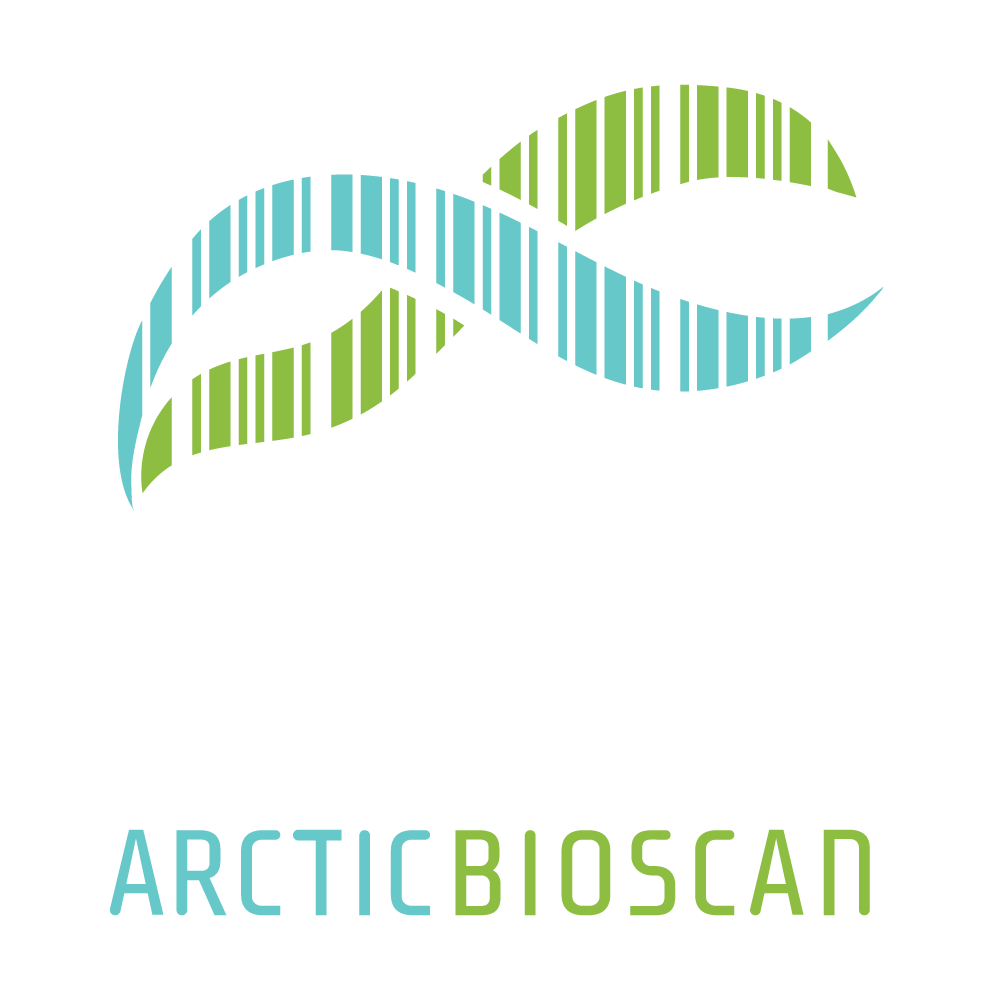Overview
Over decades, the Inuit have observed environmental changes in the Arctic, such as differences in sea ice thaw and migratory patterns of species. Integrated with data collected by researchers, these observations form an important source of knowledge about the state of the Arctic.
The Arctic BIOSCAN (ARCBIO) project is led by the Centre for Biodiversity Genomics with support from Polar Knowledge Canada (POLAR) and Genome Canada. ARCBIO is developing a platform for community-based biodiversity monitoring in the Canadian Arctic, based on the analysis of sequence variation in short, standardized gene regions (aka DNA barcodes). It leverages the capacity of new DNA sequencing and informatics technologies to automate and scale up the process of species identification, increasing the volume of data, and broadening the range of organisms that can be surveyed.
This research benefits from consultation and collaboration with many community partners, including elders and members of Hunters & Trappers Organizations from across Nunavut’s Kitikmeot region. In addition, ARCBIO has advanced significantly through the employment of Nunavummiut youth, and by forging strong linkages with staff at the Canadian High Arctic Research Station.
Now in its fifth year, ARCBIO has established monitoring sites in Cambridge Bay, Gjoa Haven, Kugaaruk, Taloyoak, and Kugluktuk in Nunavut; Ivvavik National Park and Whitehorse in Yukon Territory; and finally Churchill in northern Manitoba. The barcode reference library the ARCBIO team has constructed for the fauna and flora of Canada’s northern regions now includes 165,000 occurrence records for 16,000 BINs or species. This includes data for 7000 herbarium specimens of vascular plants, lichens, mosses and fungi from 12 natural history collections and 1700 museum specimens of arthropods from four entomological collections. In addition to this, new research avenues are being explored, including species interactions (aka ‘symbiome analysis’), the detection of pollinator insect DNA on flowers, and sample image analysis by machine learning.
ARCBIO plans, data and results are disseminated through a variety of remote and in-person activities, including outreach through local classroom programming, citizen science events, active social media programming, and the distribution of community reports, scientific presentations, and published articles.


